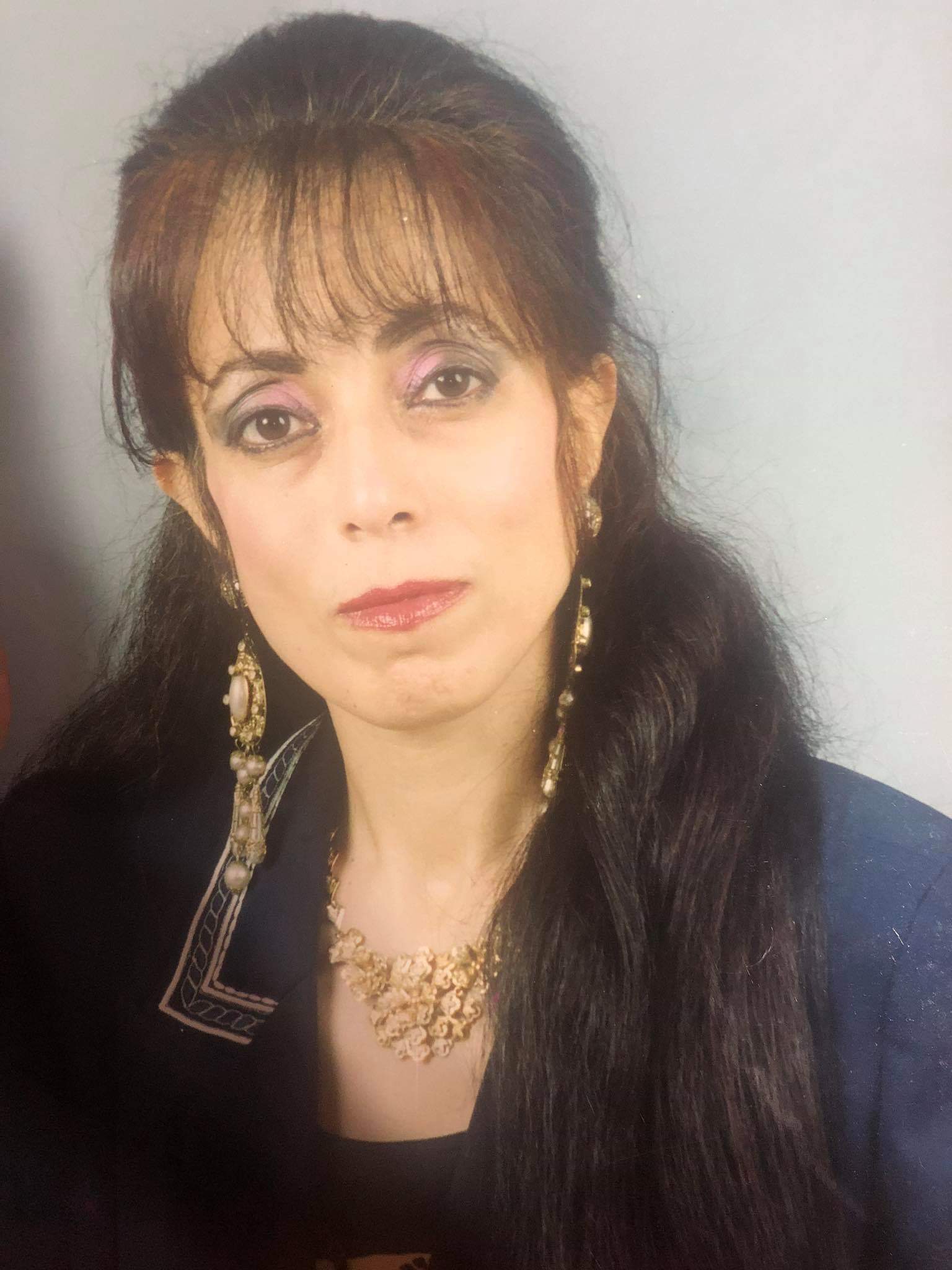Ten years have passed since the outbreak of Tunisia’s Jasmine Revolution, after Mohamed Bouazizi, a struggling young man who sold vegetables from his street cart, set himself on fire in protest at police injustice under the tyrannical regime of Zine El Abidine Ben Ali. The people rose up in solidarity with Bouazizi, whose situation was representative of the majority of the people oppressed by that brutal regime.
Ben Ali tried to contain the situation by visiting Bouazizi in hospital and apologising to him. He made a speech, parts of which were borrowed from the one made by former French President Charles de Gaulle in 1968 when he told demonstrators, “I have understood you”. It was as if he hadn’t known that he was ruling Tunisia with an iron fist that he tried to soften a bit, but the demonstrators were stronger than him, so he and his family fled from Tunisia.
![Tunisian street vendor, Mohammed Bouazizi [File photo]](https://i0.wp.com/www.middleeastmonitor.com/wp-content/uploads/2017/01/Mohamed_Bouazizi.jpg?resize=465%2C308&ssl=1)
Tunisian street vendor, Mohammed Bouazizi [File photo]
The regimes thought that it must be a conspiracy from abroad, specifically the US, and their tame media outlets began to make these claims and talk about creative chaos, dividing the region and creating a new Middle East. They overlooked the fact that had been chosen by the US and were appointed by Washington, not by the will of the people, to be proxies in the Arab world. They were arrogant and ignored the demands of the people to step down. “The people want the fall of the regime” was heard across the region as Arab citizens sought to breathe the air of freedom, the aroma of dignity and the taste of equality and justice. “Bread, freedom, social justice, human dignity” was the chant on everyone’s lips.
Tunisia: At 10th anniversary of Sidi Bouzid uprising, protests erupted and no celebrations
The will of the people was stronger than all their mighty weapons and immoral media. Egypt’s Hosni Mubarak fell 18 days after the outbreak of the demonstrations against him. He was followed by Muammar Gaddafi, who hid from the masses in a sewer, and then Ali Abdullah Saleh, who died an ugly death. These three tyrants remained in power for over three decades each. The tyrant in Damascus, Bashar Al-Assad, would have fallen too had it not been for the last minute military intervention of Iran and Russia.
The Arab Spring revolutions exposed the weakness and fragility of the tyrannical Arab regimes, but the beautiful dream of freedom turned into a terrible nightmare, as a result of the counterrevolution led by Saudi Arabia and the UAE. They feared that the sparks of Bouazizi’s flames would reach their people, and they would lose their thrones.
From the earliest days of the revolutions, Saudi Arabia and the UAE worked to destroy them. In this they were joined by Israel, which also feared for its existence because Palestine was at the heart of the uprisings. Protesters raised the Palestinian flag and burned Israel’s.
The UAE was chosen as the centre of the counterrevolution, which was run by Israel’s Mossad spy agency. It plotted to preserve the Assad regime, which guards the Zionist state. Mercenaries were sent to fight the Syrian revolutionaries and terrorise the people, and support the murderer in Damascus with weapons and money. They also blessed Russia’s military intervention in order to kill the Syrians and destroy their cities and villages over the heads of the people without being held accountable.
Then came the great catastrophe in the military coup in Egypt to uproot the first civilian president elected by the Egyptian people. They killed the democratic experiment almost at birth so that it would not spread to other Arab countries; if they could contain democracy in Egypt it would not spread to elsewhere. The “grassroots” Tamarod Movement was born in and funded by the UAE to counter President Morsi’s government. Although claiming legitimacy from the people, it simply paved the way for the 2013 coup.
‘Sisi asked us to recognise regime in 2016,’ claims Brotherhood official
The fall of the Egyptian Revolution was an indication of the success of the counterrevolution that went on to destroy Yemen and Libya, plunging the two countries into civil wars. The UAE funds mercenaries and warlords like Khalifa Haftar to kill the people and make them more vulnerable to the division of their countries. This was done in order to twist reality and claim that it was the “hateful Arab Spring revolutions” which brought this onto the people, rather than their tyrannical regimes.
Even Tunisia, which I believe has escaped the worst of the counterrevolution, is still exposed to its malicious plots. They are trying to thwart the democratic experiment and restore the remnants of the regime, represented by some figures and parties in Tunisia. Their fight against Parliamentary Speaker Rached Ghannouchi is only one chapter of their continuous plots against Tunisia.
When I review the events of the past ten years, it does not feel like a decade. We have had a century’s worth of events, with some good days that were replaced by the bitter days that we are still living through.
It is reassuring, though, that despite all of the attempts by the counterrevolution to overturn the Arab Spring by force, hopes for democracy are still alive in the hearts of young people, who yearn for freedom, dignity and justice. Their reference point remains the Arab Spring, which they want to retake from those who stole it from them. The same causes of the revolutions ten years ago are still the reality for most people, who lack political and economic freedom, as well as human rights. Wherever the counterrevolution has succeeded, repression and oppression have returned. The struggle will continue.
The views expressed in this article belong to the author and do not necessarily reflect the editorial policy of Middle East Monitor.


![Protesters in support for Mohamed Bouazizi on 15th January 2011 [Antoine Walter/Flickr]](https://i0.wp.com/www.middleeastmonitor.com/wp-content/uploads/2016/11/2011_01_15-Proest-in-support-of-Mohammed-Bouazizi-1.jpg?fit=1200%2C800&ssl=1)








